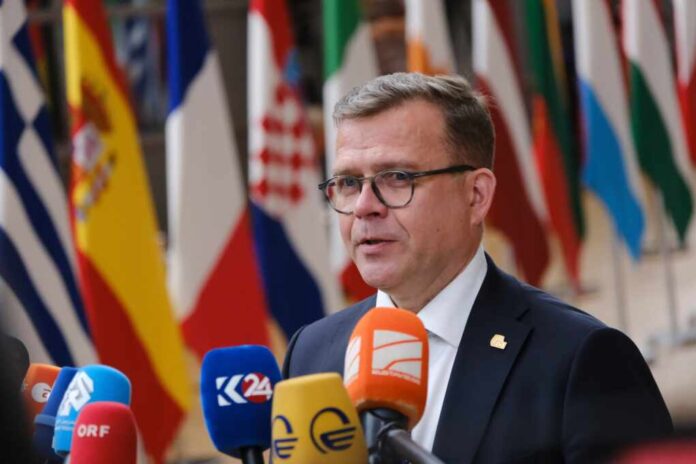
In a decisive move reflective of the escalating tensions between Helsinki and Moscow, Finland has announced the closure of four key border crossings with Russia. This measure aims to halt what Finnish officials decry as the Kremlin’s manipulation of migrant flows — a tactic that has ratcheted up the geopolitical stakes in the region.
The Finnish government has pinpointed the Imatra, Niirala, Nuijamaa, and Vaalimaa crossings as the sites to be shuttered. This action takes effect at midnight Friday, severing key passageways along the expansive 1,340-kilometer border that doubles as the European Union’s external frontier.
The government in Finland is considering whether to close some crossing points on the country's long border with Russia to prevent people from trying to enter without proper documentation, the Nordic nation's interior minister and prime minister said… https://t.co/fySrFc0gSR
— The Washington Times (@WashTimes) November 14, 2023
Prime Minister Petteri Orpo has expressed concern over the recent surge of Middle Eastern and African migrants, many arriving without proper documentation, a pattern at odds with the long-standing collaborative border security arrangements between Finland and Russia.
The closure is not merely a procedural reaction but a defensive move in a broader strategic contest. The Finnish Border Guard has observed a stark uptick in asylum seekers, predominantly from Iraq, Syria, Yemen, Turkey and Somalia, with nearly 280 third-country migrants recorded since September.
Notably, these individuals have often arrived on bicycles reportedly provided and sold by sources within Russia, suggesting a level of coordination antithetical to previous practices.
The narrative within Finland is that these developments are inextricably linked to Finland’s NATO membership, which was solidified in April following Moscow’s incursion into Ukraine.
President Sauli Niinistö has not minced words, asserting that Finland must brace for “certain malice” from a Kremlin aggrieved by Helsinki’s pivot toward the West. This sentiment underpins the broader Finnish stance, echoed by Orpo during his German visit, that Russia’s behavior is a direct reminder of Finland’s integration into NATO — a move that has incurred multiple threats of retaliation from Moscow.
Finland’s response has not been purely defensive. The Finnish Foreign Ministry has confirmed a burgeoning defense relationship with the United States through a new bilateral agreement. The DCA-pact, as it is known, expands the scope of U.S.-Finnish military cooperation, including provisions for the stationing of American troops and the storage of military equipment on Finnish soil.
As Finland enacts border closures and reinforces its alliances, the situation underscores a dramatic shift in the regional security paradigm. The Finnish government’s narrative, which aligns closely with the conservative perspective, emphasizes the need for national security and protecting the EU’s borders against Russia’s deliberate destabilizing actions. This viewpoint resonates with those concerned with maintaining sovereign control over national borders and skeptical of Russia’s intentions on the European stage.
The unfolding events at the Finland-Russia border are a potent reminder of the complex interplay between migration and geopolitics. As Finland takes measures to secure its borders, the situation continues to evolve, with implications for regional stability and the integrity of international borders.














